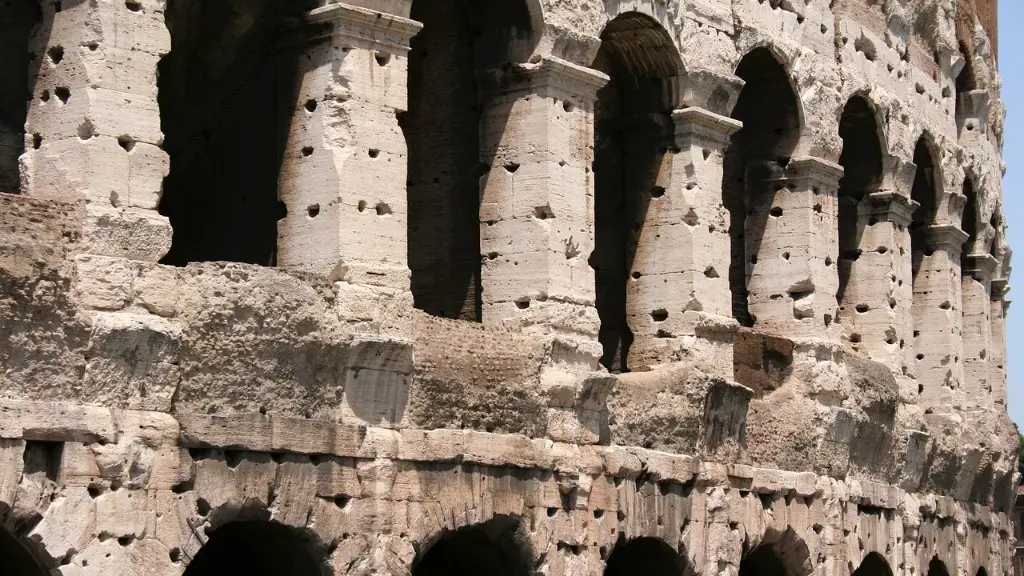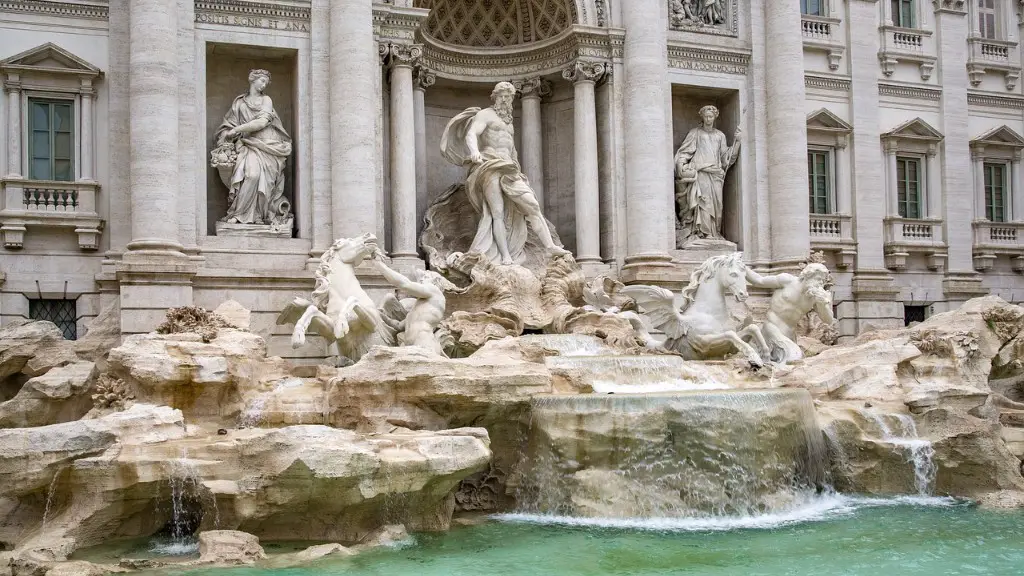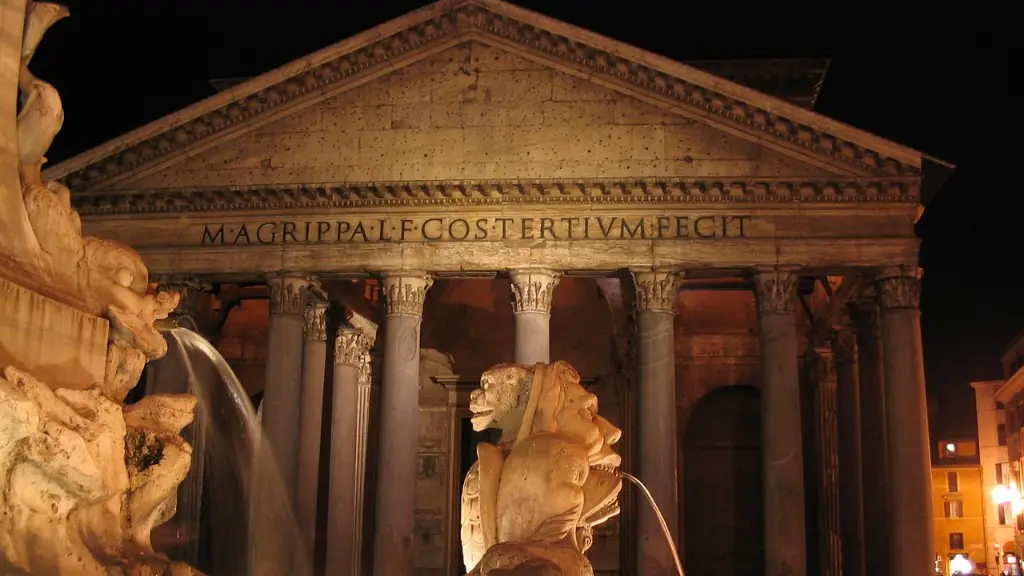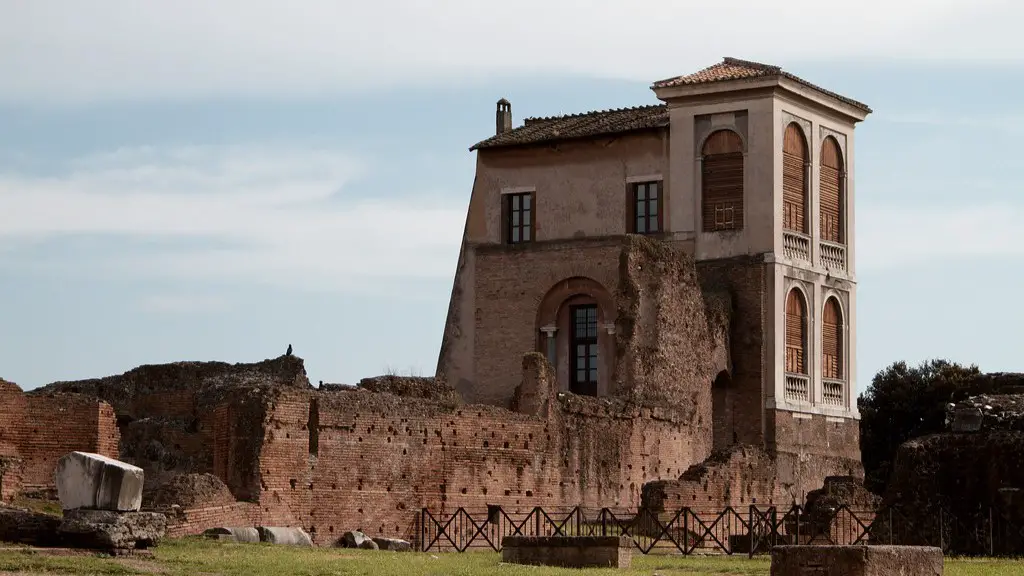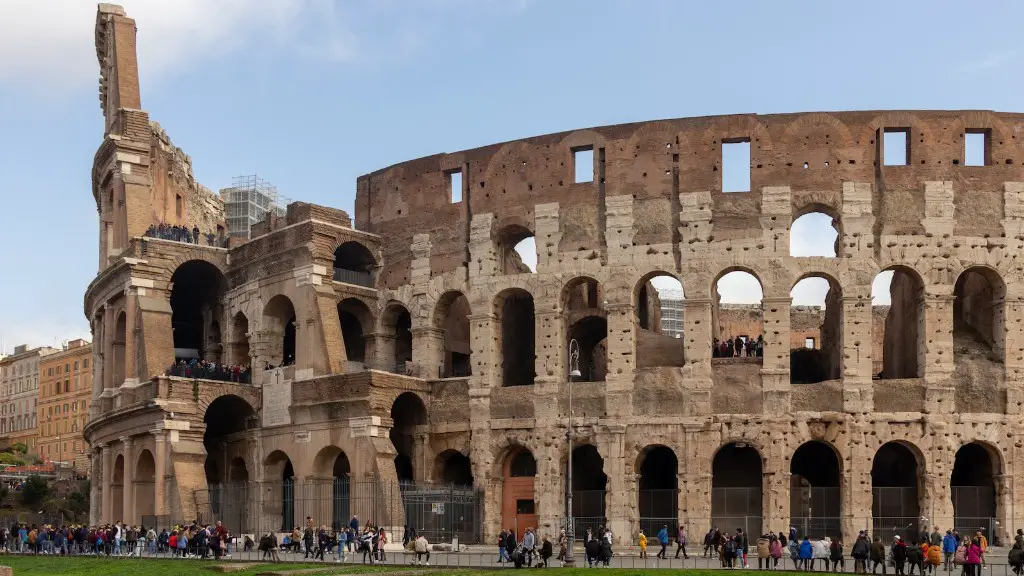The city of Rome is one of the oldest cities in the world, having been founded in 753 BC. With its long and distinct history, Rome holds an important place in the pages of history.
During its long tenure, Rome has seen many different phases and periods, each of which are distinctly defined by the prevailing power, culture, art and architecture.
Those that have studied historic Rome have generally divided its timeline into three distinct periods; the Kingdom, the Republic, and the Empire. Though some believe it began with the fall of the Roman Empire, the ancient period is often considered to have begun after the Roman Republic gained its independence from Etruscan rule.
The Kingdom period of Rome began in 753 BC, with the city’s founding. This period was marked by a monarchical government and a period of great expansion and growth. In 509 BC, the republic was formed and the government changed from a monarchy to a representative form. This period is marked by great civic and military achievement, and the rise of powerful leaders such as Julius Caesar.
The next period of Rome was the Empire, which began in 27 BC when Augustus Caesar was appointed the first emperor. This period saw a great increase in Rome’s power and reach, and it expanded its territories significantly. It was during this period that Rome reached its peak in terms of power and influence.
Ancient Rome has had an immense impact on the world we know today. Its art, architecture and military tactics have been adopted by many civilizations, and its contributions to literature, philosophy, science and engineering are renowned. Its legacy is one that will live on in history forever.
For those interested in studying this time period, there are numerous courses available. The University of Cambridge offers a BA in Ancient History and Archaeology, and many other universities offer courses in this subject. With a bit of research, aspiring historians can learn about the culture, politics, economics and life of the people in ancient Rome.
Architecture of Ancient Rome
Ancient Roman architecture is some of the most impressive ever created. From its large and imposing structures like the Colosseum and Pantheon to its smaller public works like aqueducts and temples, works of Roman architecture have stood the test of time. Even today, its buildings have influenced many other architectural styles.
Architecture in ancient Rome was heavily influenced by Greek and Egyptian styles, and was characterized by grandiose and imposing structures. This is exemplified in the Colosseum, one of the most famous Roman buildings. This structure was built in the 1st century AD using a variety of different building techniques, such as the use of concrete and arches. Not only was it an impressive sight, but it also served as a symbol of the Roman Empire’s power.
The Romans also heavily relied on aqueducts to provide the city with water. These were massive engineering feats and would often span great distances. Today, these aqueducts are still standing, testimony to the formidable engineering skills of the ancients.
The influence of the Romans on architecture can still be seen in many cities around the world. Many buildings, both ancient and modern, have adopted the use of arches, columns, and other Roman staples in an attempt to capture the look and feel of its grand architecture.
Engineering of Ancient Rome
The ancient Romans were renowned engineers, inventing a variety of machines, tools and techniques. The Romans built grand bridges and roads, created a number of weapons and machines, and devised ingenious ways to move water around their cities. Their engineering feats have been fundamental in helping to create our modern world.
The Romans invented concrete and used it to build roads, bridges, and other structures. This allowed them to build sturdy and durable roads, which connected much of the Empire. Along these roads, the Romans also built majestic aqueducts to bring water to cities like Rome and Constantinople.
The Romans also developed a variety of new weapons and machines, such as the ballista, a giant crossbow-like device which shot giant metal darts with tremendous accuracy and power. They also perfected siege engines, such as the catapult, which could hurl rocks and other projectiles over large distances.
Their engineering skills were also applied to the construction of ships and boats. The Romans were able to build warships that were not only powerful, but also able to travel great distances. Such ships allowed Rome to expand its influence and to establish colonies around the Mediterranean.
Today, the engineering feats of the Roman Empire still amaze people. Their achievements, such as their bridges and roads, are still in use and serve as a reminder of their skill and mastery.
Culture of Ancient Rome
Ancient Roman culture was heavily influenced by the Greeks and other surrounding civilizations. Roman culture was extremely diverse, ranging from religion and philosophy to the arts and engineering. It was during this period that Rome was at its most influential and powerful, and its culture became the foundation for many modern cultures and traditions.
The Romans had a mythology which focused on gods and goddesses such as Zeus, Ares and Athena. This mythology was heavily intertwined with their daily lives, and rituals and ceremonies such as sacrifices were a part of daily life. It was thought that performing such rituals could please the gods and bring them blessings.
The Roman language was Latin, and it was the language of the educated elite. The Roman alphabet was derived from the Greek alphabet, and the Latin language spread throughout the Empire due to diplomatic ties. Today, many languages are derived from Latin, including Spanish, Italian and French.
Art and literature were important aspects of Roman culture as well, with artists and writers being celebrated for their creations. Poets, playwrights and philosophers were honoured for their works, and their writings were studied and discussed by people across the Empire.
For those wishing to learn more about the culture of ancient Rome, there are numerous resources available. Books, movies, and online sources can provide invaluable insight into the fascinating culture of this ancient civilization.
Achievements of Ancient Rome
The achievements of Ancient Rome are far-reaching and have had a lasting impact on the world. The political, military, and architectural achievements of Rome have shaped modern societies, while the cultural impact of Rome can be seen in everything from language to literature.
The Roman Empire was one of the few in history to expand and last as long as it did, and its longevity can largely be attributed to its military. The Roman army was one of the most advanced in the world at the time and was highly feared by other civilizations. The use of legions and the incorporation of the different parts of the empire into a single military unit ensured Rome’s dominance of the ancient world.
The Roman government was also innovative and efficient, devising laws and reforms that are still in use today. The ideas of equality before the law, free speech, and voting rights can all be traced back to ancient Rome. Additionally, the way in which the Roman Empire was divided and ruled, with proconsuls and governors ruling certain provinces, is still used in many parts of the world.
The architecture of Rome is also renowned for its beauty and grandeur. Monuments like the Pantheon and Colosseum still stand and are viewed with admiration, while many modern-day buildings incorporate Roman elements into their own designs.
The culture and art of Ancient Rome, as well as its military and engineering achievements, have inspired generations of scholars and continue to do so. Its importance in world history and its impact cannot be overstated.
Conclusion of Ancient Rome
Ancient Rome is one of the world’s first and most influential civilizations. It was an incredibly advanced society, with amazing achievements in politics, engineering and the arts. Its culture and contributions to the world have been invaluable and its legacy still lives on.
For anyone interested in learning about this period in history, there is a vast amount of information available. From books and articles to online sources and classes, there is a plethora of resources available for those wishing to learn about Ancient Rome. It is certainly a period of history that is worth exploring.
